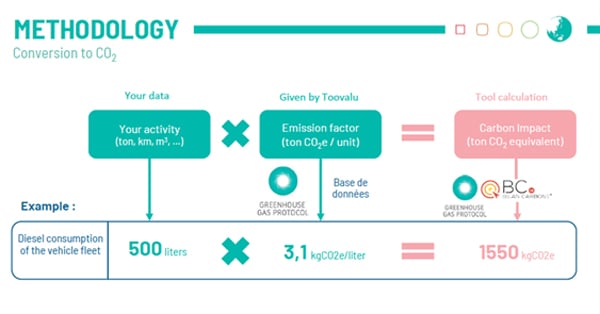FTTH Council Carbon footprint project: a reporting model for the entire sector
A new model developed by the FTTH Council sustainability committee will help ensure companies in the FTTH sector can meet the CSRD directive requirements
From 2025, the CSRD will require large companies to report in detail on their impact on people and the environment. From 2027, this EU directive will also apply to smaller companies, often suppliers to large parties. FTTH providers need to disclose information related to environmental impact, such as carbon footprint, raw material sourcing, waste management, and energy consumption.
Accurate, timely, fact-based approximation will be an important accelerator for CSDR. In most cases, organisations are buying and selling to other organisations in the same value chain. Each organisation needs to obtain data from and provide data to other organisations within that value chain instantly and accurately. Only a sector-wide approach can enable this.






